UWTSD Shares Venturi-Based CPAP Design with Hospital in Nepal to Help Fight Covid-19
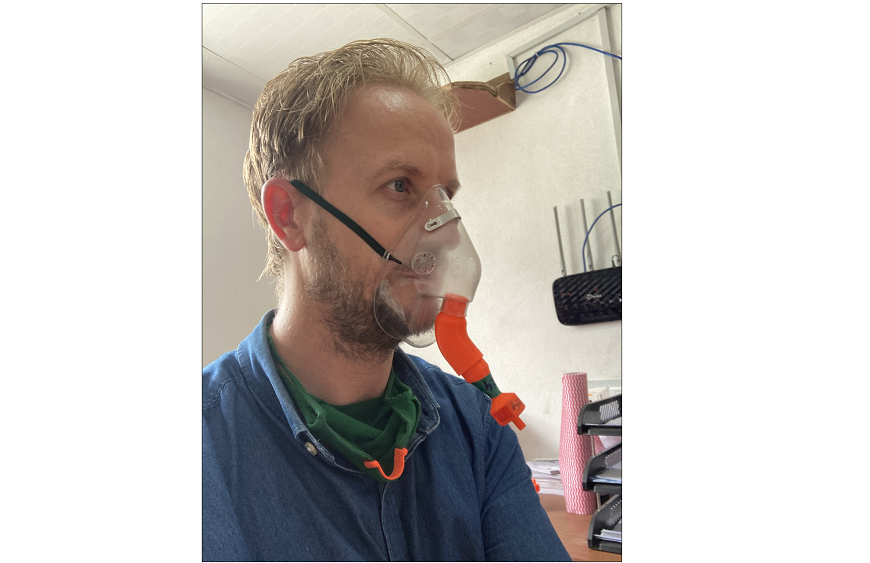
London — A team from the University of Wales Trinity Saint David (UWTSD) is helping a hospital in Nepal in the fight against Covid-19 by sharing its expertise in the form of a Venturi-based CPAP design.
Nepal has been struggling to cope with the latest wave of Coronavirus and aid is being rapidly dispatched to the country including oxygen, PPI, and medicines.
In May 2020, engineers at UWTSD became involved in the rapid development of a highly efficient 3D printed jet Venturi based respiratory support system as part of a coordinated effort to help the NHS in the initial Covid-19 outbreak. This was in response to Welsh Government call for organisations to help find solutions to meet the high demand of patients needing oxygen.
Press coverage about the development of the Venturi was read over 4,500 miles away by Arjan Knulst, a Lead Bio-Medical Engineer in INF Green Pastures Hospital in Pokhara, Nepal. Arjan contacted the UWTSD project team in Swansea and asked if they could share the 3D files to enable them to be printed and produced in the hospital there, where the Covid situation was worsening by the minute.
A Licence Agreement was swiftly arranged which enabled the University to share the designs almost immediately.
The team in Nepal has just finished the design and testing of two devices using the Venturi. One is a standard oxygen mask converted to a Venturi mask, the other is a non-invasive ventilation (NIV) and continuous positive airway pressure (CPAP) mask based on the Venturi.
The basic Venturi masks can be used for NIV on deteriorating COVID patients – normally these patients would be referred to one of the dedicated COVID hospitals with ICU capacity. But whenever these have no beds available, the NIV is likely to be used for emergency purposes.
The team at UWTSD who developed the Venturi was led by Graham Howe and Luca Pagano from the University’s MADE Cymru project, together with Professor Peter Charlton, Richard Morgan, and John Hughes from the School of Engineering. They assembled staff with experience in the fields of engineering, physics, and rapid manufacturing, also drawing upon the expertise of John Hughes – one of UWTSD’s postgraduate engineering students to carry out, vital, computational modelling.
Graham Howe said: “We were more than happy to help Arjan by sharing the Venturi designs. We know the positive impact collaboration has had on the crisis here in Wales. It is so important that we all work together, and it has been a real honour working with Arjan and his team in Nepal.
“It is so inspiring how universal the language of engineering and design is – and obviously the results are quite literally life changing. There are now talks to share the designs with other hospitals in Nepal and perhaps even beyond. I manage the MADE Cymru project at UWTSD and that seeks to support and upskill manufacturers pan Wales, so it has been very humbling to apply this expertise to help the worldwide crisis.”
Luca Pagano, the Senior Research Engineer at the EU funded MADE Cymru project at UWTSD said: “The Venturi effect, mostly found in so-called Venturi jet ejectors (used in hydraulic/gas systems) can provide entrainment of a secondary fluid or gas as a consequence of an optimised nozzle geometry from which a motive fluid flows.
“Essentially, this science, when combined with the right physical geometries allows patient delivery of a controlled pressurised range of mixtures of air / oxygen by simply connecting the oxygen line available in hospitals; with no electric supply required. All at a cost of about £5 worth of materials.
“The design, since the early stages, was developed with the knowledge that not everyone has access to high-end 3D printers. In fact, these components can be printed successfully even with desktop printers. We are all very excited that a press release published by the University in Swansea was picked up in Pokhara in Nepal. I’d also like to thank TWI Technology Centre Wales and our Wales Centre for Advanced Batch Manufacture (CBM) who helped prove the robustness of this design.”
Arjan Knulst, Lead Bio-Medical Engineer at INF Green Pastures Hospital said: “The team in Wales has been very helpful in rapidly answering the key questions as well as supplying the 3D files required to produce a first prototype Venturi with confidence of obtaining the required results.
“The Venturi design was completed with my own designed parts to produce a complete NIV set. I designed a 3D printed PEEP valve that uses pen springs that are locally sourced. Also, the Non-Return valve was custom designed and uses some flexible sheet material from our prosthetics department. The design was iterated rapidly using our low-end Prusa iMK3s 3D printer.
“This 3D printer was generously donated by Jenny Dankelman from Delft University of Technology (TUD), through their TU Delft Global Initiative, as part of their COVID response. It’s very encouraging that UWTSD as well as TUD are ready to deploy their knowledge and resources to respond to a health crisis in Nepal. The resulting design is low-cost, which is really helpful as Green Pastures hospital aims to serve the poor and disadvantaged of Nepal.”
Barry Liles OBE, Pro Vice-Chancellor (Skills & Lifelong Learning) & Head of UWTSD’s Wales Institute of Science and Art (WISA), said: “Once again this shows the fantastic innovation that can be created within the University sector in Wales and how this can assist on a global basis. This particular innovation was pulled together at the height of the first lockdown, and I am so grateful to the staff who gave of their time so readily. I sincerely hope that the solution provided will be of benefit to patients in Nepal.”






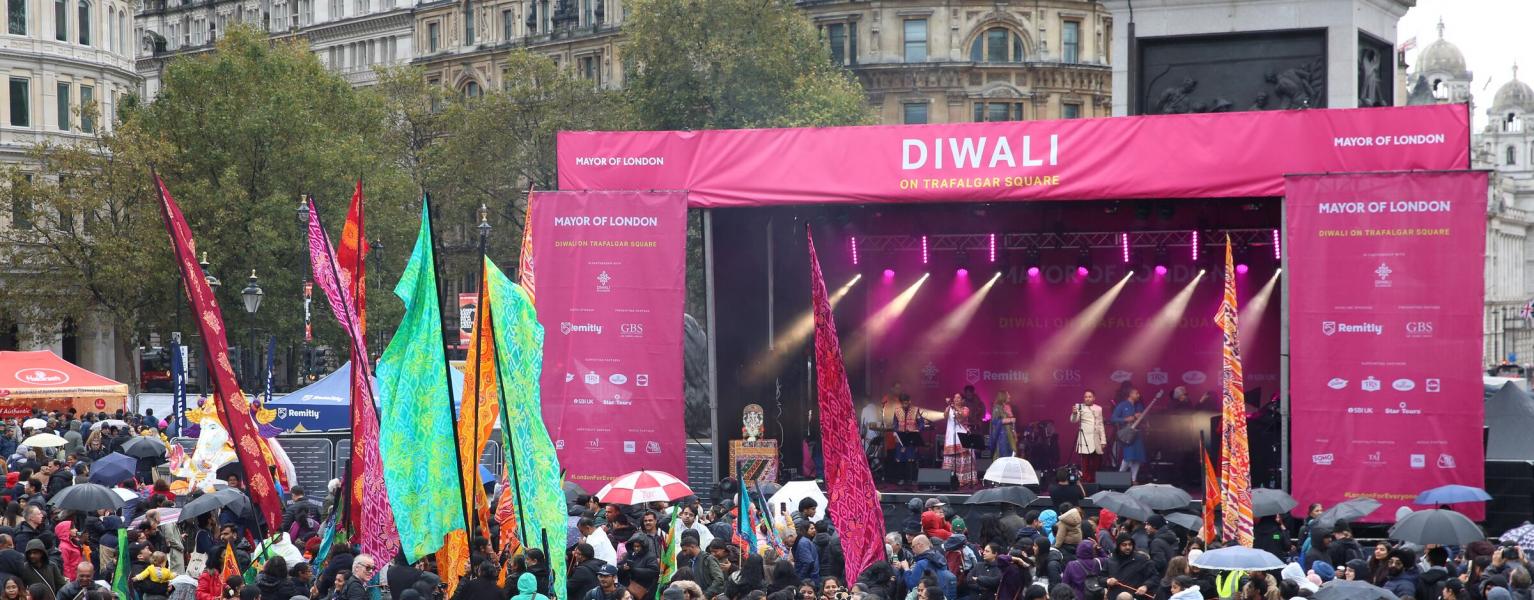
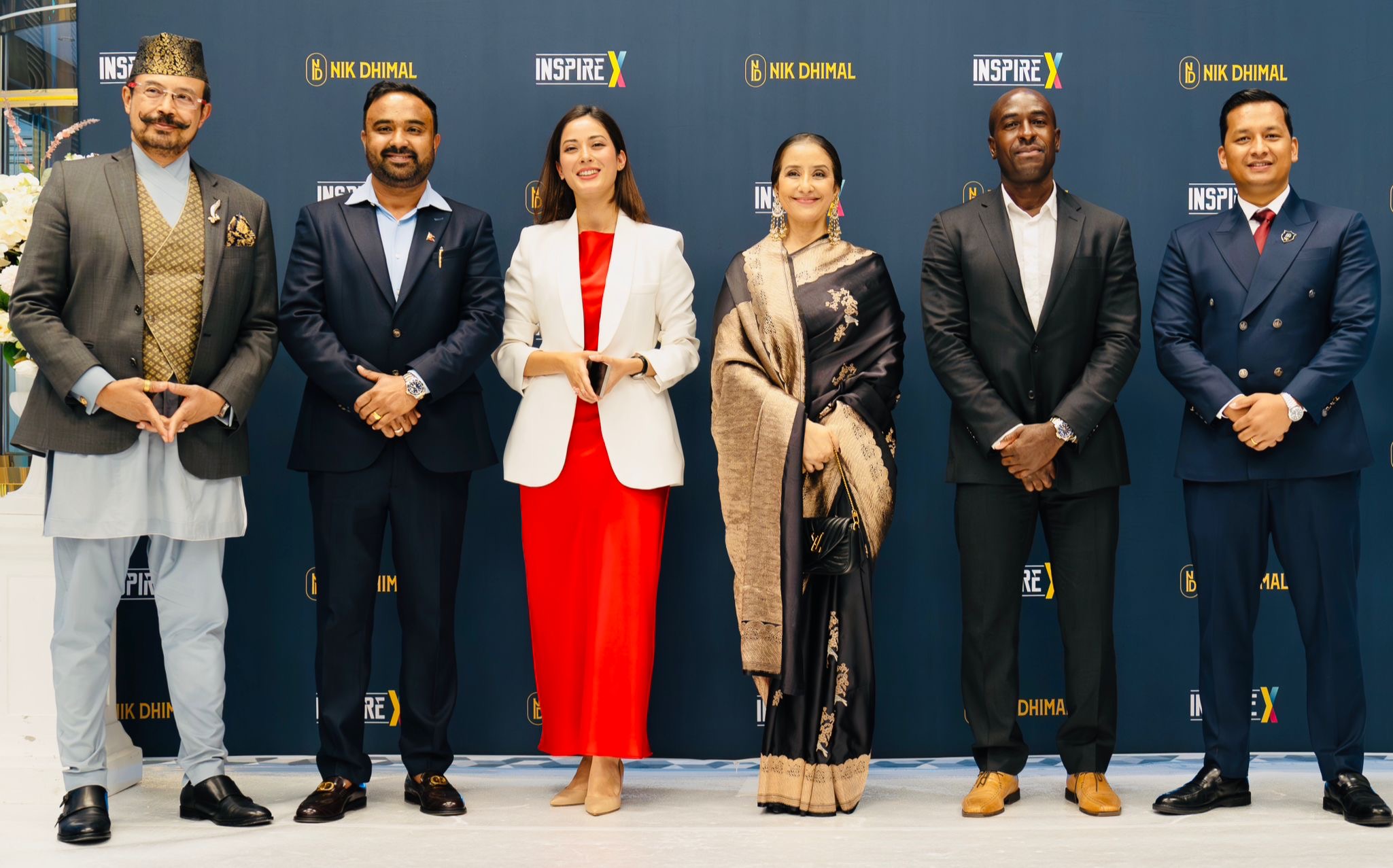



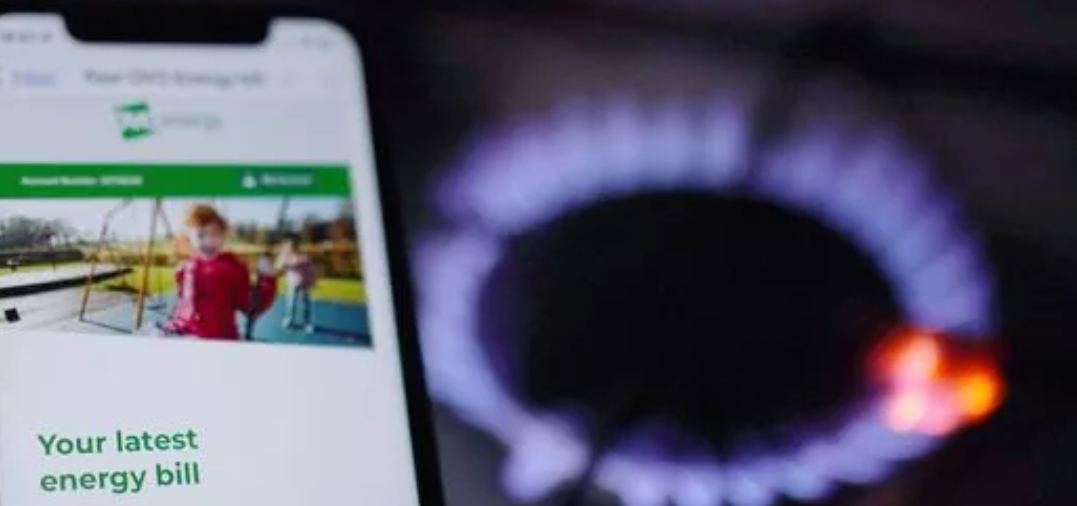
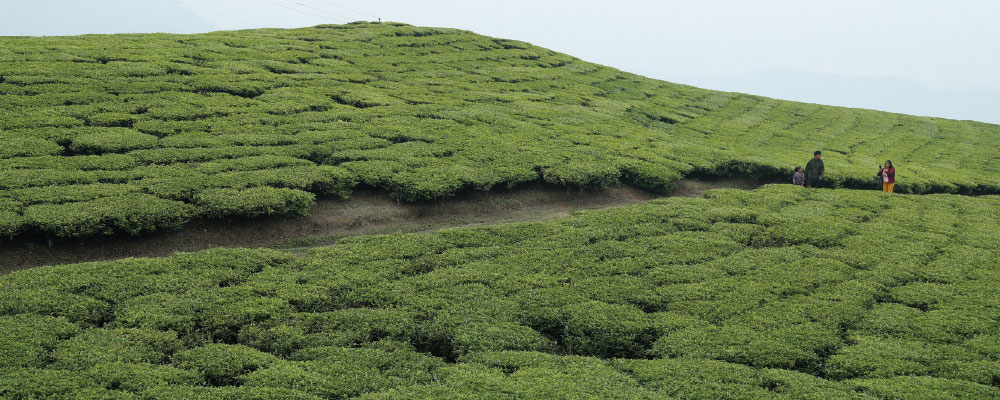
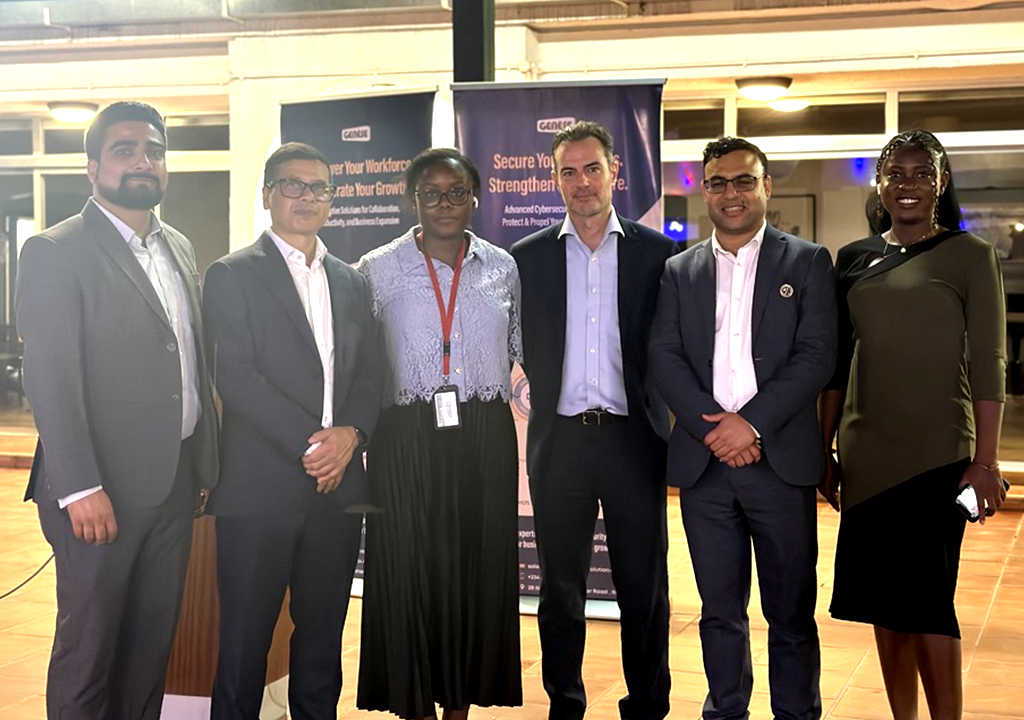
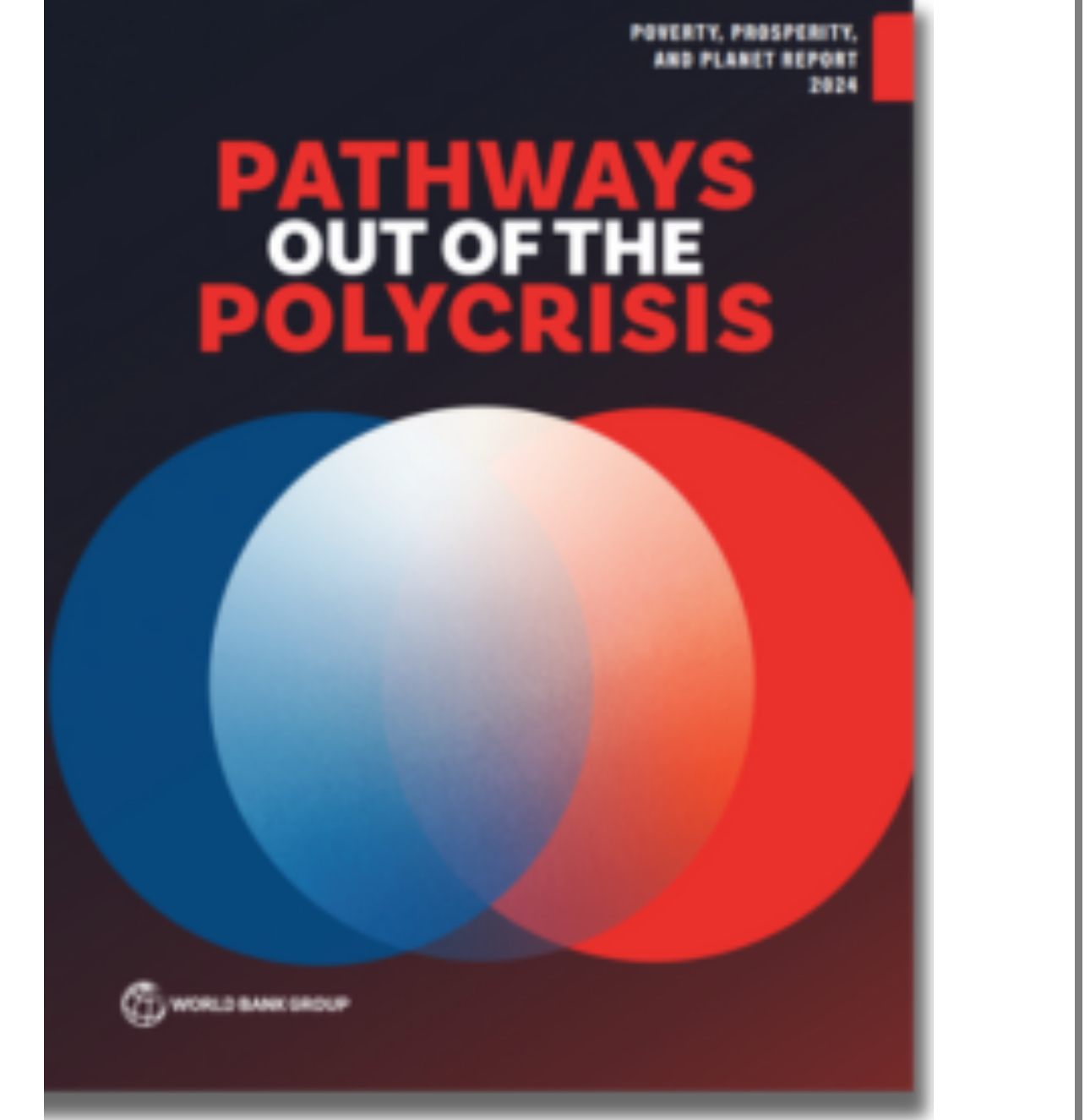
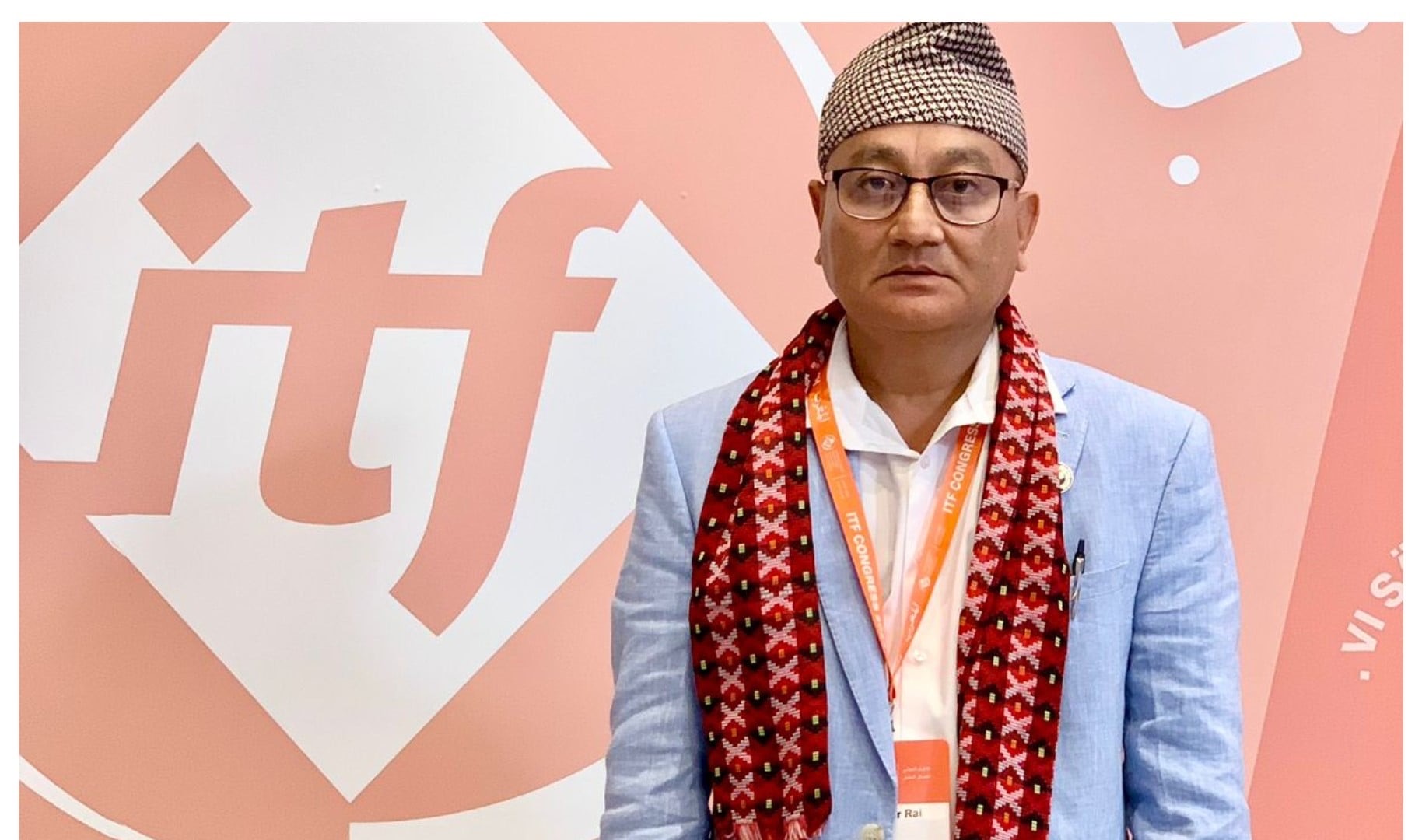



Facebook Comments